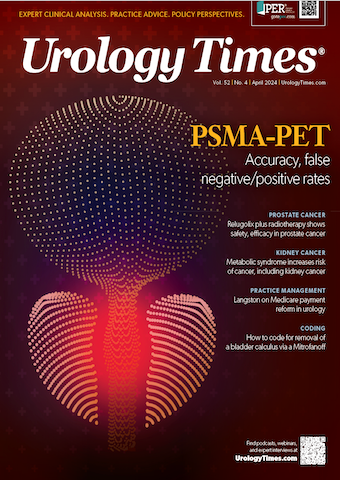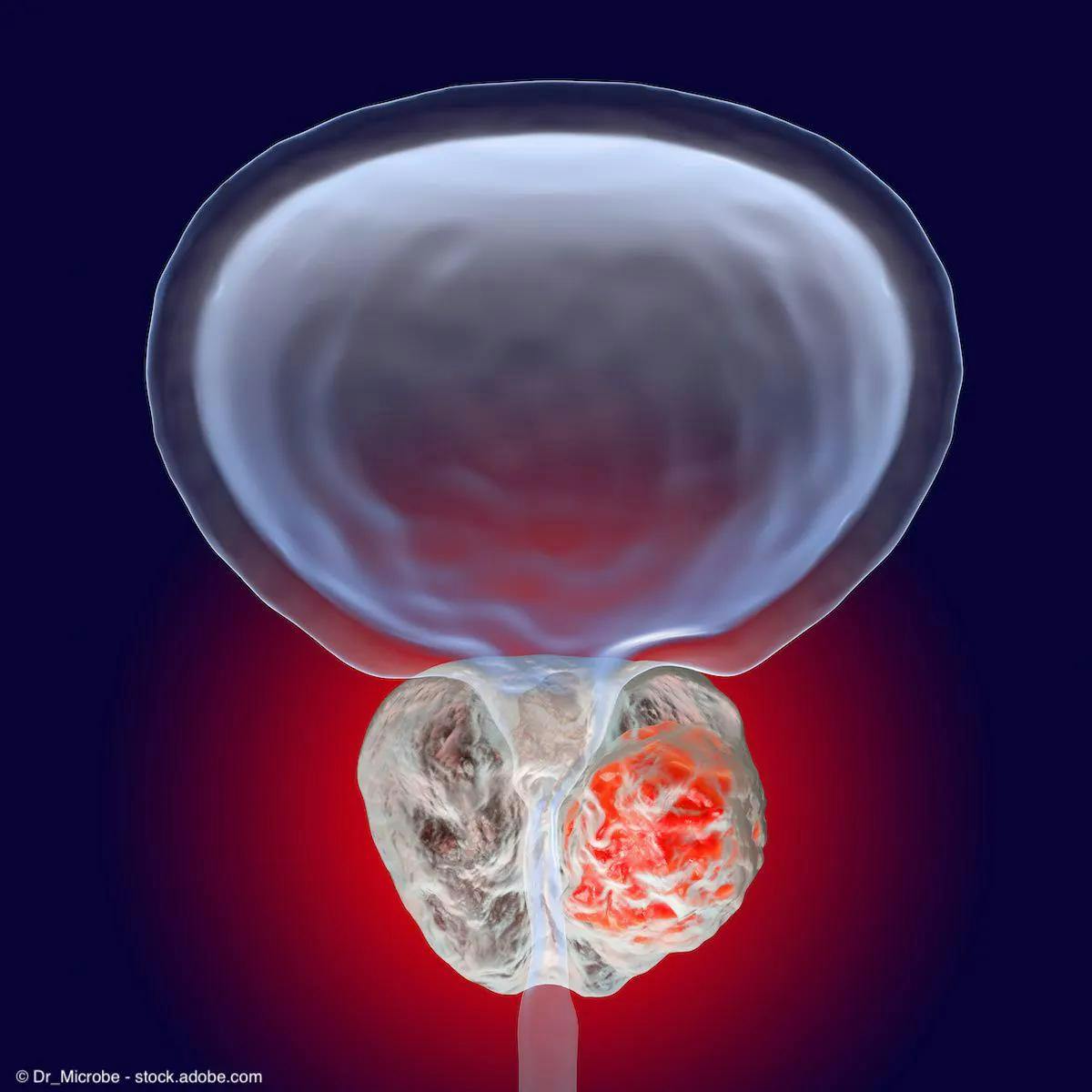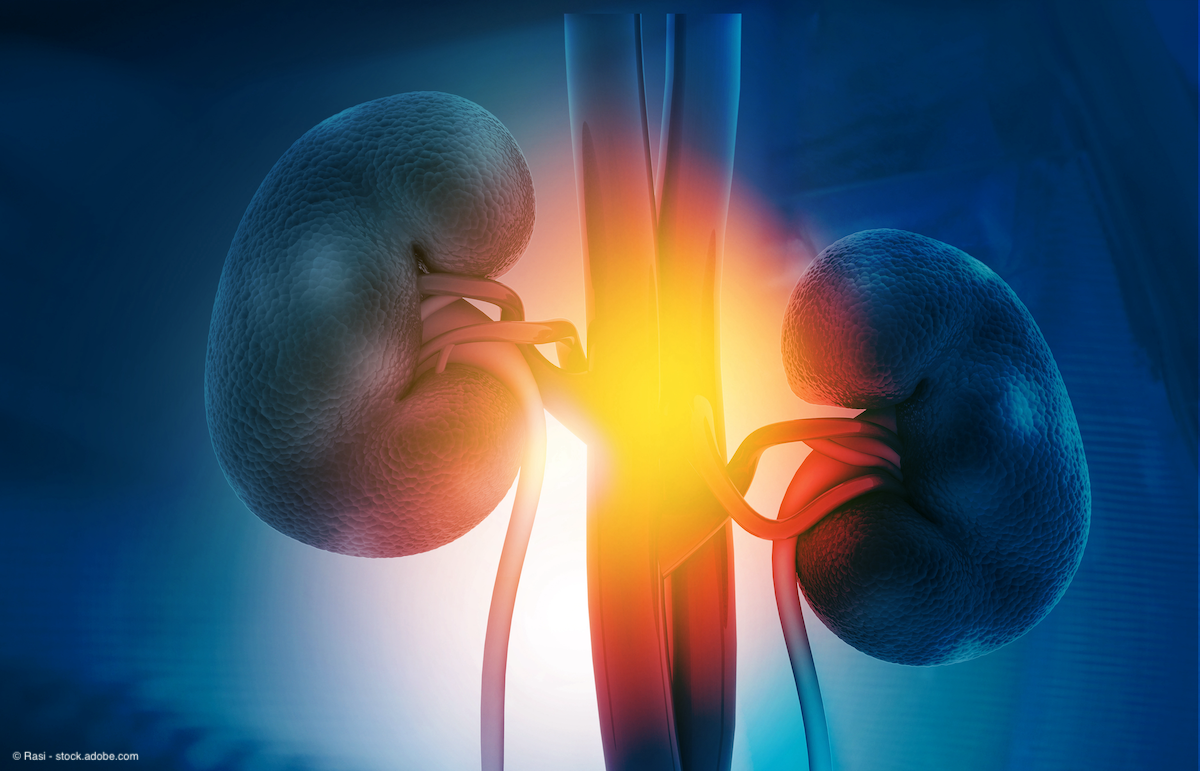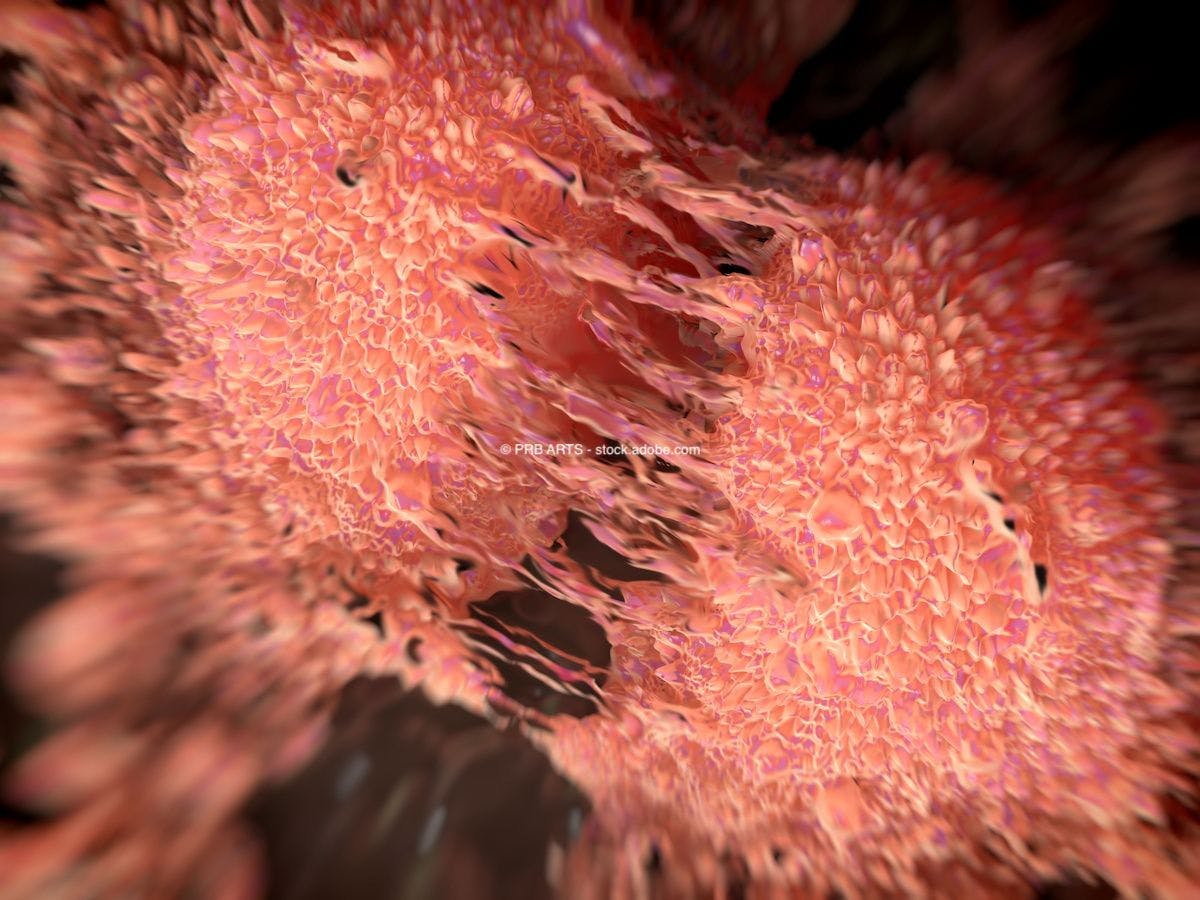News
Article
Urology Times Journal
Agents show potential to bolster precision medicine in prostate cancer
Author(s):
"[Now that] we have entered the era of precision and personalized medicine, well-designed clinical trials are needed to address selected focused questions regarding optimal therapy sequencing,” says Maha H.A. Hussain, MBChB.
Maha H.A. Hussain, MBChB

In a recent presentation, Maha H.A. Hussain, MBChB, discussed 4 emerging pathways and agents that have the potential to bring an enhanced level of personalized medicine to the field of prostate cancer.1
“Metastatic prostate cancer continues to be a complex smart cancer with marked inter and intra patient heterogeneity. Therapy development must focus on the totality of disease biology [through] comprehensive molecular understanding of disease states, mechanisms of resistance and progression as well as multi-targeted therapy approaches aiming at cytotoxic impact,” Hussain said in a presentation delivered at the 17th Annual Interdisciplinary Prostate Cancer Congress® and Other Genitourinary Malignancies, an event hosted by Physician’s Education Resource (PER®), in New York, New York. Hussain is the Genevieve E. Teuton Professor of Medicine in the Division of Hematology-Oncology, Department of Medicine, and deputy director and leader of the GU Oncology Program at the Robert H. Lurie Comprehensive Cancer Center of Northwestern University’s Feinberg School of Medicine in Chicago, Illinois.
AR Signaling: Where to Turn After Antiandrogens Run Their Course
Despite exposure to prior androgen deprivation therapy and AR pathway inhibition, some patients with mCRPC remain hormone dependent. MK-5684 (formerly ODM-208) is a CYP11A1 inhibitor that blocks the production of all adrenal steroid hormones and precursors, representing a potential path forward after exhausting all other available options. Preliminary results from the phase 2 CYPIDES trial (NCT03436485), which were presented at the 2022 ESMO Congress and are now published in NEJM Evidence, demonstrated that MK-5684 led to an objective response rate of 26% and a median duration of response (DOR) of 4.4 months in patients with mCRPC who had received both an AR pathway inhibitor and taxane chemotherapy (n = 45). To be eligible for enrollment patients had to have an AR ligand binding domain mutation. ODM-208 was administered at a dose of 5 mg twice daily in conjunction with dexamethasone 1 mg/day plus fludrocortisone 0.1 mg/day.2,3
Additional results demonstrated unmeasurable levels of cortisol and androstenedione, illustrating the potential for sustained suppression of steroid hormone biosynthesis. Moreover, 53% of patients (n = 24/45) reached a prostate specific antigen (PSA) reduction of at least 50% from baseline. Study authors stated that adrenal suppression was well managed, having occurred in only 3 patients at the time of the analysis. Other serious adverse effects (AEs) were pulmonary embolism (n = 2), confusional state (n = 2), pneumonia (n = 2), sepsis (n = 2), and general physical health deterioration (n = 2). Common AEs were anemia, fatigue, muscle spasm, tumor pain, insomnia, diarrhea, hyponatremia, and hyperkalemia.
Four patients withdrew from the study because of an AE and 6 deaths occurred, 2 owing to the disease and 1 which was not described. With hormonal supplementation, the authors concluded that the agent could be safely administered.
Cabozantinib: The Key to Capturing the Benefit of Immunotherapy?
During the 2024 Genitourinary Cancers Symposium, investigators presented preliminary findings from the phase 3 CONTACT-02 trial (NCT04446117), which evaluated the combination of cabozantinib (Cabometyx) and atezolizumab (Tecentriq) in patients with mCRPC who experienced disease progression on novel hormonal therapy.4
The trial enrolled patients with mCRPC with measurable extrahepatic soft tissue visceral or lymph node metastasis following progression on first novel hormonal therapy. Patients were randomly assigned 1:1 to receive 40 mg of cabozantinib once daily plus 1200 mg of atezolizumab every 3 weeks or 1000 mg of abiraterone acetate (Zytiga) once daily plus 5 mg of prednisone twice daily or 160 mg of enzalutamide (Xtandi) once daily.
At a median follow-up of 14.3 months (range, 5.0-28.4) in the progression-free survival (PFS) intention-to-treat population (ITT) and 12.0 months (range, 0.03-28.4) in the ITT population, one of the dual primary end points had been met. Median PFS was 6.3 months (95% CI, 6.2-8.8) with the combination vs 4.2 months (95% CI, 3.7-5.7) with second novel hormonal therapy (HR, 0.65; 95% CI, 0.50-0.84; P = .0007). Notably, PFS was improved in patients with liver metastasis (HR, 0.43; 95% CI, 0.27-0.68), prior docetaxel (HR, 0.57; 95% CI, 0.34-0.97), and bone metastasis (HR, 0.67; 95% CI, 0.50-0.88). Interim OS, having only reached 49% of the target number of events, was numerically improved with the combination, at 16.7 months (95% CI, 15.1-20.9) vs 14.6 (95% CI, 11.6-22.1) with second novel hormonal therapy (HR, 0.79; 95% CI, 0.58-1.07; P =.13). The disease control rate was 73% with the combination vs 55% with second novel hormonal therapy.
Of note, the combination also delayed the time to chemotherapy, symptomatic skeletal events, pain progression, and deterioration of quality of life.
Xaluritamig Stakes Its Claim as the First Clinical STEAP1-Directed T-Cell Engager
STEAP1 is commonly expressed in prostate cancer and is associated with poor prognosis. Xaluritamig (AMG 509) is a STEAP1-directed T-cell engager designed to kill the cell surface antigen through T-cell–mediated lysis. Building on the prior preclinical research showing broad antitumor effects in prostate cancer xenograft models, findings from a phase 1 study (NCT04221542) presented during the 2023 ESMO Congress demonstrated confirmed PSA responses in patients with mCRPC who were refractory to prior novel hormonal therapy with prior exposure to 1 or 2 taxane-based chemotherapy regimens. In the combined high (target dose ≥0.75 mg) and low (target dose <0.75 mg) dose cohorts (n = 87) the PSA50 and PSA90 response rates were 49% and 28%, respectively. The authors noted that confirmed RECIST responses occurred more often in the high dose cohorts, with a partial response (PR) rate of 41% vs 3%, respectively, in the lower dose cohorts. Additionally, responses occurred early and appeared durable, with an overall median duration of response of 9.2 months (range, 1.9+ to 17.7+). Moreover, responses have been reported in both soft tissue and bone disease.5
The authors stated that the AEs were generally manageable although serious treatment-related musculoskeletal and connective tissue disorders were reported at a rate of 14%. Cytokine release syndrome, an expected AE consistent with the agent’s mechanism of action, was predominantly low grade, occurring most often in the first cycle of treatment.
B7-H3 Targeted Agents: An Avenue for Antibody-Drug Conjugates?
Hussain ended her presentation by highlighting the development of NDS-7300, a novel antibody-drug conjugate (ADC) with a potent DNA topoisomerase I inhibitor. B7-H3 is a cell surface immunomodulatory glycoprotein that is overexpressed in prostate cancer and can be associated with DNA damage repair gene defects, including alterations in BRCA2 and ATM.
In a phase 1/2 study (NCT04145622), the agent was evaluated in patients with advanced/unresectable or metastatic solid tumors unselected for B7-H3 expression. At data cutoff, 147 patients had received NDS-7300 at doses ranging from 4.8 mg/kg to 16 mg/kg.6
Efficacy-evaluable patients (n = 54) had mCRPC (n = 73), small cell lung cancer (n = 20), esophageal squamous cell carcinoma (n = 26), and squamous non–small cell lung cancer (n = 9). Patients with mCRPC were heavily pretreated having received a median of 6 prior lines of therapy (range, 1-11). At a median follow-up of 9.3 months (95% CI, 7.5-10.6) within the mCRPC subset 33% (95% CI, 21%-47%) of patients achieved a PR. Of note, 46% of patients had liver metastases at baseline and 40% derived response with the agent. Median DOR was 4.4 months (95% CI, 2.7-not reached). Across the entire study population (n = 147) the most common grade 3 or greater treatment-emergent AEs were anemia (19%), neutropenia (4%), nausea (3%), pneumonia (3%), and decreased neutrophil count (3%).
“Tremendous progress has occurred in managing prostate cancer across all disease stages with significant improvement in overall survival in metastatic hormone-sensitive and metastatic castration-resistant prostate cancer since 2004. [Now that] we have entered the era of precision and personalized medicine well designed clinical trials are needed to address selected focused questions regarding optimal therapy sequencing,” Hussain concluded.
References
1. Hussain M. mCRPC: from personalized treatment to immunotherapy, ADCs and other new targets. Presented at: 17th Annual Interdisciplinary Prostate Cancer Congress® and Other Genitourinary Malignancies; March 8-9, 2024. New York, NY.
2. Fizazi K, Bernard-Tessier A, Barthélémy P, et al. Preliminary phase II results of the CYPIDES study of ODM-208 in metastatic castration-resistant prostate (mCRPC) cancer patients. Ann Oncol. 2022;33(suppl 7):S616-S652. doi:10.1016/annonc/annonc1070
3. Fizazi K, Bernard-Tessier A, Roubaud G, et al. Targeted inhibition of CYP11A1 in castration-resistant prostate cancer. NEJM Evid. 2024;3(1):EVIDoa2300171. doi:10.1056/EVIDoa2300171
4. Agarwal N, Azad A, Carles J, et al. CONTACT-2: Phase 3 study of cabozantinib (C) plus atezolizumab (A) vs second novel hormonal therapy (NHT) in patients (pts) with metastatic castration-resistant prostate cancer (mCRPC). J Clin Oncol. 2024;42(suppl 4):18. doi:10.1200/JCO.2024.42.4_suppl.18
5. Kelly WK, Danila DC, Lin CC, et al. Interim results from a phase I study of AMG 509 (xaluritamig), a STEAP1 x CD3 XmAb 2+1 immune therapy in patients with metastatic castration-resistant prostate cancer (mCRPC). Ann Oncol. 2023;34(suppl 4):S1576. doi:10.1016/j.annonc.2023.10.390
6. Doi T, Patel M, Falchook GS, et al. DS-7300 (B7-H3 DXd antibody-drug conjugate [ADC]) shows durable antitumor activity in advanced solid tumors: Extended follow-up of a phase I/II study. Ann Oncol. 2022;33(suppl 7):S744-S745. doi:10.1016/j.annonc.2022.07.582


























